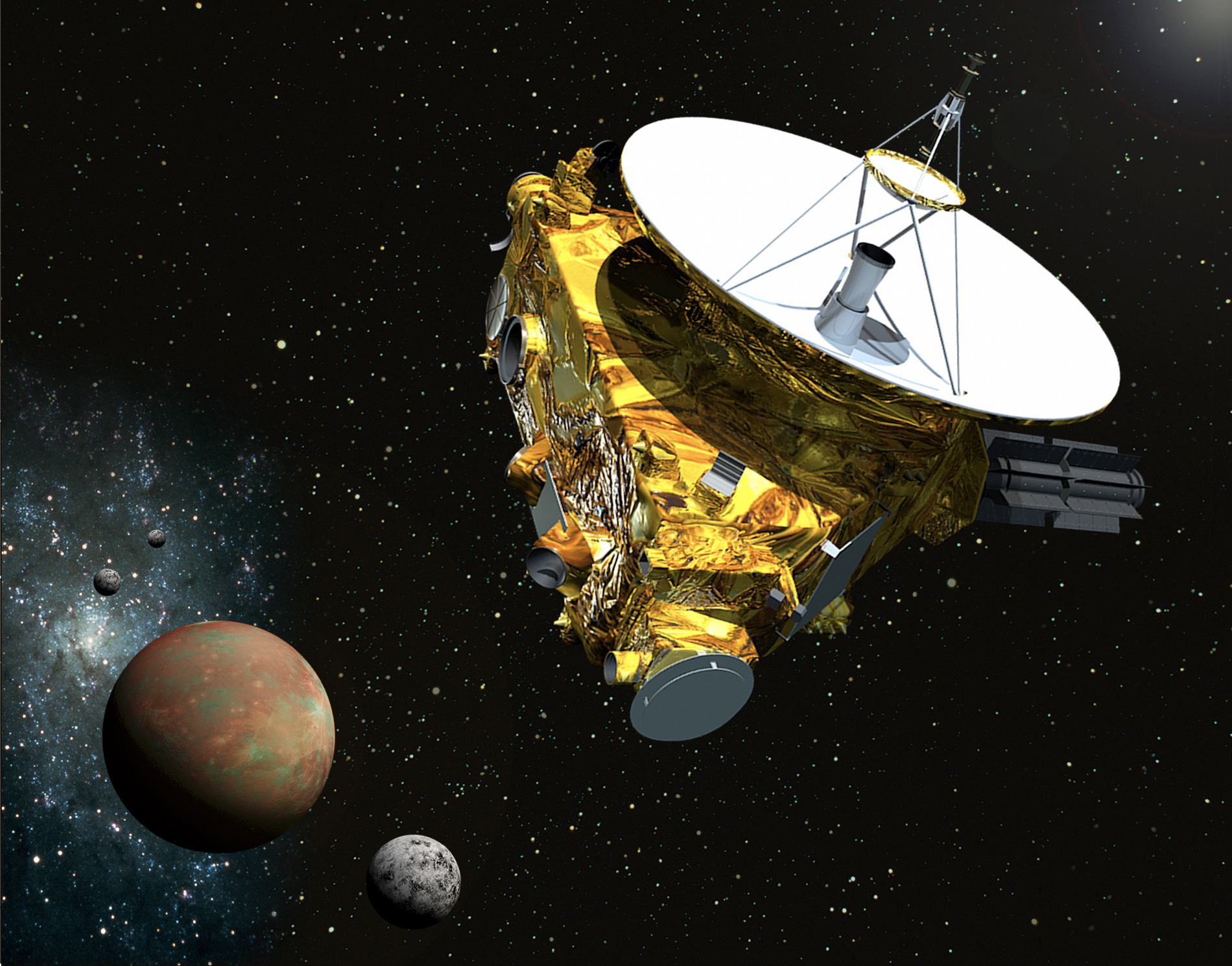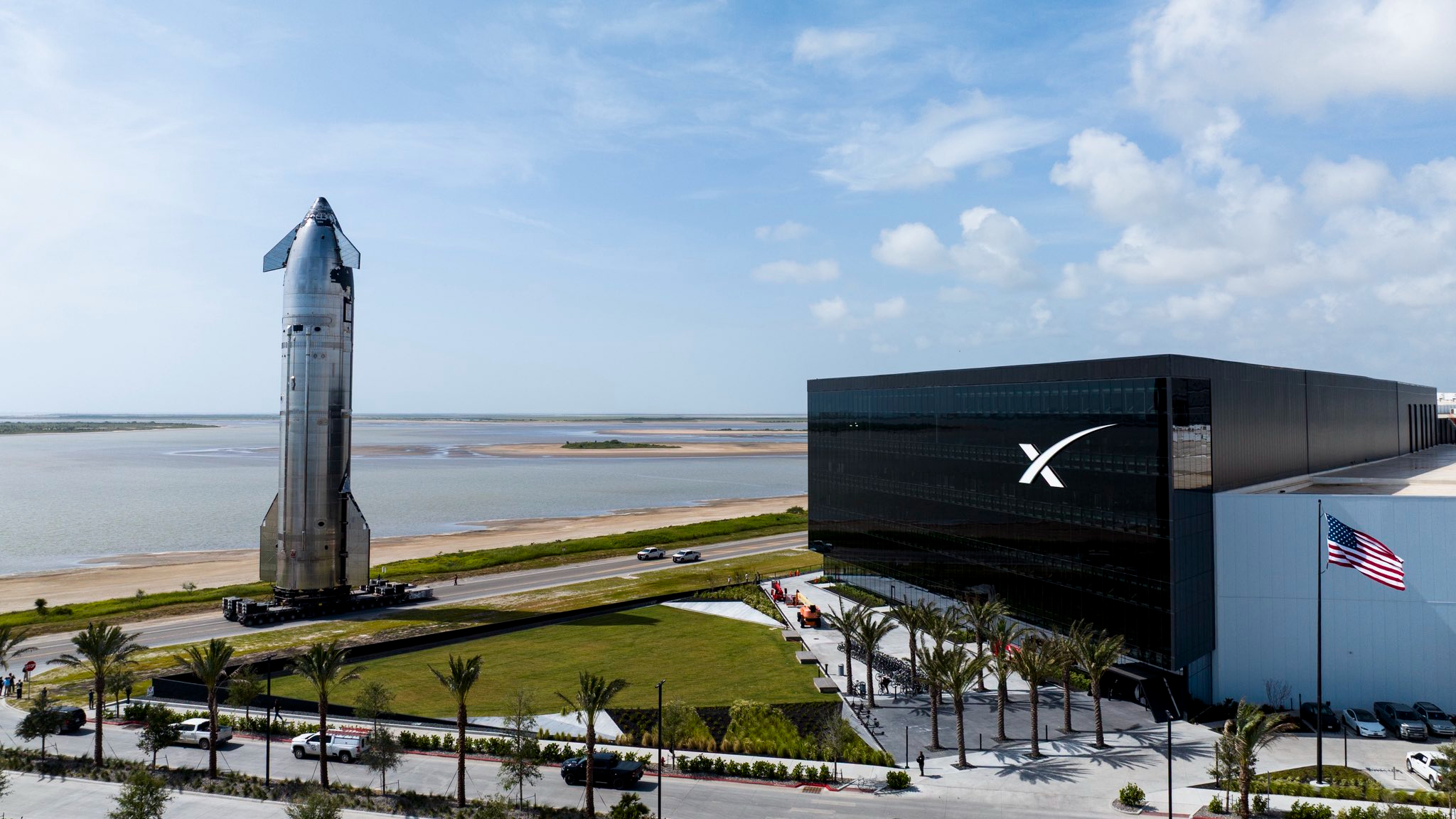Want to Phone Aliens? Help Get Your Messages On NASA's Pluto-Bound Spacecraft

HOUSTON — A group of renowned scientists, engineers, artists and others need your help to send a message into the universe aboard a spacecraft bound for Pluto.
NASA's New Horizons mission — launched toward Pluto in 2006 — should be carrying a self-portrait of humanity when it flies into interstellar space in about 30 years, according to SETI (Search for Extraterrestrial Intelligence) Institute co-founder Jill Tarter, Jon Lomberg, the design director of the golden record containing sounds and images from cultures on Earth flying with the Voyager spacecraft, and other researchers.
"This website is an opportunity for anyone who is interested to sign a petition that asks NASA to approve the future use of the spacecraft," Tarter said. "We need formal permission from the agency and sub-support to make this happen."
The message initiative hinges upon using some of the spacecraft's memory to store messages from earthlings beamed up to the probe. The uploaded message could serve as a new, more candid kind of cosmic note from earthlings, Tarter said.
The golden record onboard NASA's Voyager 1 spacecraft is carrying "the most rosy picture of humanity out there for the cosmos to discover," Tarter said here at the 100 Year Starship symposium.
"When New Horizons gets past Pluto, [and] has done all its data and is going on the slow boat to the heliopause, then it might be possible to just reprogram about 100 megabytes of its memory and upload a new sights and sounds of Earth that are not created by a small group of scientists but, in fact, are globally crowdsourced," Tarter said.
Before New Horizons launched, NASA officials discussed including an onboard message, but decided against it.
Breaking space news, the latest updates on rocket launches, skywatching events and more!
"After we got into the project in 2002, it was suggested we add a plaque and I rejected that simply as a matter of focus," Alan Stern, New Horizons' principal investigator, told SPACE.com partner collectSPACE.com in 2008. "We had a small team on a tight budget and I knew it would be a big distraction. I didn't want to see us being distracted from the project and find ourselves derailing the project or getting into flight and finding we had some problem and wishing we'd have been more focused during development."
The New Horizons message will act as an updated, inclusive golden record, according to officials working with the initiative.
"Like the Voyager Record, this will be both a message from Earth and a message to Earth," Lomberg said in a statement. "The very act of creating it will be a powerful reminder that we all share a common heritage and future on this 'pale blue dot' we call Earth."
NASA funds will not be used for the project, but initiative officials are asking for support from private individuals. You can donate money and sign the petition through the New Horizons Message Initiative website.
Follow Miriam Kramer @mirikramer and Google+. Follow us @Spacedotcom, Facebook and Google+. Original article on SPACE.com.
Join our Space Forums to keep talking space on the latest missions, night sky and more! And if you have a news tip, correction or comment, let us know at: community@space.com.

Miriam Kramer joined Space.com as a Staff Writer in December 2012. Since then, she has floated in weightlessness on a zero-gravity flight, felt the pull of 4-Gs in a trainer aircraft and watched rockets soar into space from Florida and Virginia. She also served as Space.com's lead space entertainment reporter, and enjoys all aspects of space news, astronomy and commercial spaceflight. Miriam has also presented space stories during live interviews with Fox News and other TV and radio outlets. She originally hails from Knoxville, Tennessee where she and her family would take trips to dark spots on the outskirts of town to watch meteor showers every year. She loves to travel and one day hopes to see the northern lights in person. Miriam is currently a space reporter with Axios, writing the Axios Space newsletter. You can follow Miriam on Twitter.
